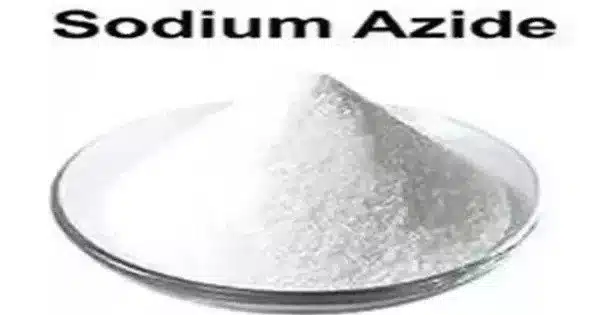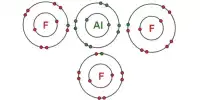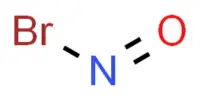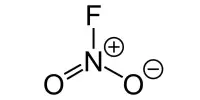Sodium azide is an inorganic compound with the formula NaN3. It is a chemical compound composed of sodium ions (Na+) and azide ions (N3-). This colorless salt is the gas-forming component in some car airbag systems. It is a white, crystalline solid that is highly soluble in water. It is used for the preparation of other azide compounds. It is an ionic substance, is highly soluble in water, and is very acutely poisonous.
Structure
Ionic solid sodium azide. Rhombohedral and hexagonal crystalline forms are known. Layered structures are used by both. The azide anion is centrosymmetric and has N-N distances of 1.18Å in each form. The geometry of the Na+ ion is octahedral. Each azide is linked to six Na+ centers, with three Na–N bonds to each terminal nitrogen center.
Properties
- Chemical formula: NaN3
- Molar mass: 65.0099 g/mol
- Appearance: Colorless to white solid
- Odor: Odorless
- Density: 1.846 g/cm3 (20 °C)
- Melting point: 275 °C (527 °F; 548 K) violent decomposition
- Solubility in water: 38.9 g/100 mL (0 °C); 55.3 g/100 mL (100 °C)
- Solubility: Very soluble in ammonia; Slightly soluble in benzene; Insoluble in diethyl ether, acetone, hexane, chloroform
- Solubility in methanol: 2.48 g/100 mL (25 °C)
- Solubility in ethanol: 0.22 g/100 mL (0 °C)
Preparation
The “Wislicenus process,” which takes two steps in liquid ammonia, is the most commonly used synthesis method. In the first step, metallic sodium converts ammonia to sodium amide:
2 Na + 2 NH3 → 2 NaNH2 + H2
It is a redox reaction in which metallic sodium donates an electron to an ammonia proton that has been reduced in hydrogen gas. Sodium dissolves quickly in liquid ammonia, producing hydrated electrons that give the liquid its blue color. This reaction generates the ions Na+ and NH2.
The sodium amide is subsequently combined with nitrous oxide:
2 NaNH2 + N2O → NaN3 + NaOH + NH3
These reactions are the basis of the industrial route, which produced about 250 tons per year in 2004, with production increasing due to the increased use of airbags.
Uses
- Automotive Airbags: It has been used in the past in the inflation systems of airbags in automobiles. When the system is activated, sodium azide decomposes to release nitrogen gas, which inflates the airbag rapidly.
- Chemical Reagent: In laboratories, it is used as a chemical reagent, particularly in the synthesis of organic compounds.
- Preservative: It has been used as a preservative for biological samples due to its ability to inhibit the activity of certain enzymes by denaturing proteins.
Safety Precautions
Sodium azide is extremely poisonous. It is a poison that acts quickly and has the potential to be fatal. The toxicity is caused mostly by the production of nitrogen gas as a result of its reactivity with specific metals, such as those found in tissues.
Because of its toxicity, handling sodium azide requires extreme caution. It should not be consumed, inhaled, or come into touch with the skin. When working with this material, precautions such as protective clothes, gloves, and eyewear should be taken.















